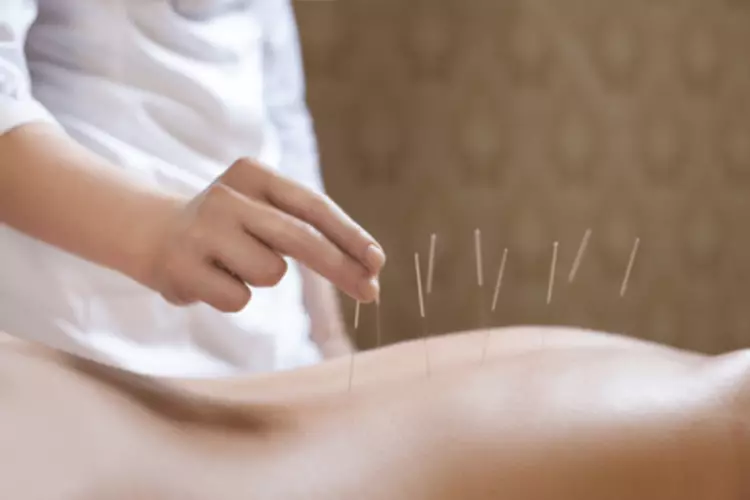
A Site License is currently defined as a school-building minimum or a minimum cost of $3,000 for the first year of use. Individual SEL Curriculum licenses are not currently available based on the current version of this product. Your actions can reinforce the importance of making thoughtful and positive choices. Kids with assertive communication https://ecosoberhouse.com/ skills know how to be firm, yet remain respectful, and have the confidence to assert boundaries in a healthy way. For example, if your teen is going to a party, let them know if anything there makes them feel uncomfortable, they can call you and you’ll discreetly pick them up. Social media is a massive source of pressure and influence on teens.

Teaching Students to Deal with Peer Pressure
Numberdyslexia.com is an effort to educate masses on Dyscalculia, Dyslexia and Math Anxiety. We regularly post articles on the topic to assist students and adults struggling with their day to day lives due to these learning disabilities. In this activity, students can sketch, draw, or paint their ideas related to peer pressure.
Exploring the Social Side of Online School: Fun Activities and Social Opportunities Await

One way to help students practice handling peer pressure is through role-playing scenarios. This activity requires no preparation or materials from the educator. Divide the class into small groups and provide each group with a scenario where they might face peer pressure. For example, one student could be trying to convince another student to take a toy from a classmate without permission. After each group has completed their scenario, have the class come together to discuss what they learned and how they felt during the activity. As grandparents, your influence can be a powerful force in helping teens navigate the challenges of peer pressure.
Navigating the College Application Process: A Timeline for High School Students and Their Parents
Teenagers may feel compelled to participate in numerous extracurricular activities, take advanced courses, or achieve perfect grades to keep up with their high-achieving peers. Navigating peer pressure can be challenging, and being patient allows teens to feel comfortable discussing their struggles. Healthy friendships can provide a buffer against negative influences and peer pressure. Asking questions out loud to a friend or a group of peers when in a tough situation may help win allies and take some of the pressure off. For example, if teens are being pressured to shoplift, teach them things they can ask their peers. ” Hearing consequences said aloud can also get peers thinking and potentially changing their minds about the very thing they were pressuring others to do.
- These versions of digital peer pressure exist between youth, adults, and businesses.
- For example, one student could be trying to convince another student to take a toy from a classmate without permission.
- Every activity should ideally begin with a healthy discussion that should include a description of the exact situation and the point of view of the child on the subject.
- If you want to collaborate with educators from around the globe, facilitate remote learning, etc., sign up for a free account today and start making connections.
- Choosing positive peer groups and influences can significantly impact a teenager’s stress levels.
- It is essential then, that as a teacher/parent, you take charge of the situation and teach your students/kids how to deal with peer pressure.
- To get the kids to open their eyes, there has to be an anchor who would continuously talk and alert them.
- Body image and appearance-related stress are amplified by peer pressure, especially in the age of social media.
- Her pieces cover a range of topics including teen development, peer pressure, and mentoring.
For example, having friends who value academic achievement can inspire a student to study harder and perform better in school. Similarly, peers who engage in community service or promote healthy lifestyles can encourage positive behaviors that contribute to overall well-being. Positive peer pressure can encourage teenagers to strive for academic excellence, engage in healthy behaviors, or participate in community service.

- While certain actions could help students advance academically, others might put undue pressure on them.
- Teenagers often feel compelled to dress, speak, and behave in ways that align with their peer group’s norms.
- Some great ones include, a friend has taken a candy bar and wants you to do the same.
- Have them record situations where they have to make a choice and say no to peer pressure.
Armed with some vital skills, teens can learn to handle and overcome peer pressure. We can give teens the know-how by considering the following strategies and understanding how they can make a difference. Peer pressure is something we all experience at one time or another. Chances are, it’s important to which of the following is a type of indirect peer pressure? you to teach your child how to make their own positive choices, regardless of what the people around them are doing. If peer pressure is becoming a problem for your child, consider other school choices. Online schools allow kids to focus on their education without fear of repercussions from classmates.

What Public Schools Can Do About Special Education Teacher Shortages
- This activity can be performed by dividing your students into equal numbers of groups and presenting to them, several possible situations that involve peer pressure.
- It doesn’t take long for children to learn that life is full of choices.
- Learners will better understand peer pressure’s effects and the mentality needed to deal with it.
- Some kids give in to because they want to be liked, to fit in, or because they worry that other kids might make fun of them or reject if they don’t go along with the group.
